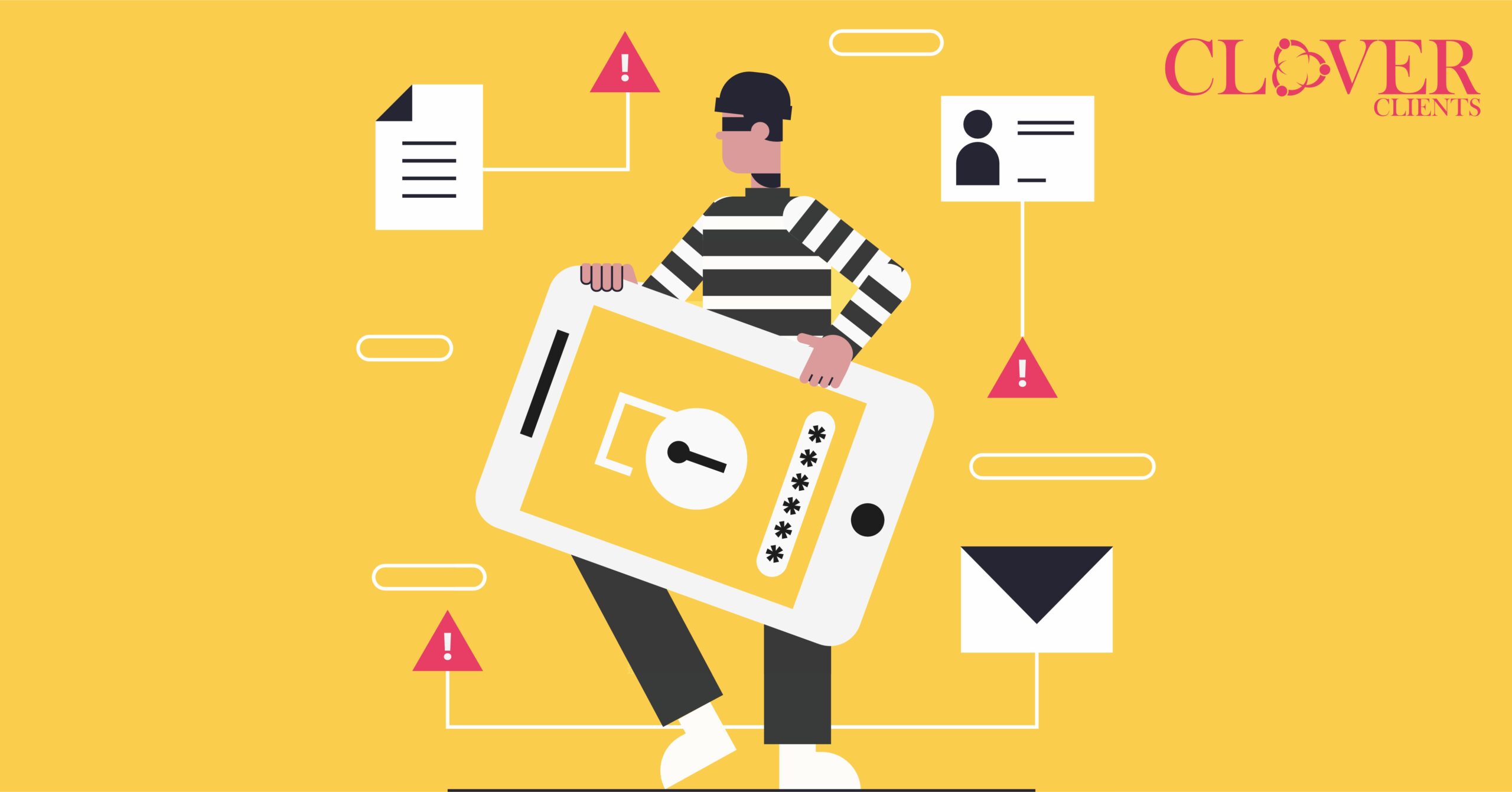Social media has helped businesses a lot. It has given small businesses not only a platform to showcase their products and use its algorithm to connect them with the right audience. Small businesses start, grow, and thrive all through social media. In the end, social media accounts are the same with or without an “Instagram business account” tag attached to them. They are still prone to be hacked and compromised by hackers.
Users need to keep their accounts safe but even more for a business account. Why do you ask? A business Instagram account has confidential/personal details like phone numbers and e-mail IDs attached to it. Once someone gets access to those two, the doors to bank accounts are easily unlocked. If you have a business account, now is the time to implement ways to protect your business.
What Do Hackers Look For?
Corporate Instagram Pages and Ad Accounts are being hacked. They are submitting bogus information, stealing credit cards, and racking up enormous advertising expenses. How do they go about doing this? via similar personal profiles to yours.
Hackers are focusing on the personal Instagram accounts of persons who have administrative access to company accounts.
Instagram business account hacking is comparable to previous “soft security” methods that hackers have long used to circumvent the more stringent security of the organizations they work for. A person’s account is frequently the weak link that gives hackers access to one or more company accounts.
Over the past six years, approximately 3 billion records have been compromised, and the level and sophistication of these threats are constantly rising.
How To Protect Your Business Account
- Build Stronger Passwords
Some individuals frequently disregard this, even though it is a rather obvious method of safeguarding your company. Make sure any password you generate is longer than 8 characters and has a mix of symbols, upper- and lower-case letters, and both.
Along with that, having a password that is not easy to guess is also a way to protect your Instagram account. Keeping birthdays, house numbers, and anniversaries is quite common and the first guesses used to hack accounts. Choosing a random yet easy-to-recall password is the way to go.
- Two Factor Authentication
It is safer to log in using two-factor authentication as opposed to only a password. For many accounts, like your Facebook, Google, and WordPress login, it is now easily accessible.
Your regular username and password must be entered to log in. The platform will verify that the supplied information is accurate before asking you to perform a second authentication. A random six-digit code will frequently be used for this second authentication. This code can be delivered to you in several ways, such as text messages, phone calls, emails, or third-party authenticator apps.
- One Account Per E-Mail
The advantage of using a different email address for social media is that it protects other important information if your account is hacked. You risk giving a hacker access to more sensitive information if you use an employee’s speech, which would worsen the situation. Choose a secure password that is specific to this email address, and use it with caution.
- Track Who Has Access To Credentials
Your company account is exposed to more devices the more users have access to it. Each device interacts differently. All devices that have internet access, including computers, laptops, and mobile phones, are vulnerable to viruses and hackers.
It takes time to keep track of who has access to accounts that are publishing content. Restricting access reduces your risk of having your social media accounts compromised via PCs, mobile devices, or emails.
- Use A Firewall
Firewalls are programs that isolate your data from the outside world and are included with Windows and macOS. Firewalls shield your company’s network against unwanted access and notify you of any incursion attempts. Activate the firewall before accessing the internet.
The firewall will automatically block suspicious-looking websites, links, and sources. This way it not only protects your business but also your device from harmful viruses.
- Don’t Click On Suspicious Links and Spam
Be cautious when opening attachments or clicking links in emails from someone you don’t know. Spam inbox filters are getting better at catching the most obvious spam. However, more sophisticated phishing emails that impersonate your friends, colleagues, and reliable organizations (like your bank) have grown popular, so be alert for anything that seems or sounds fishy.












